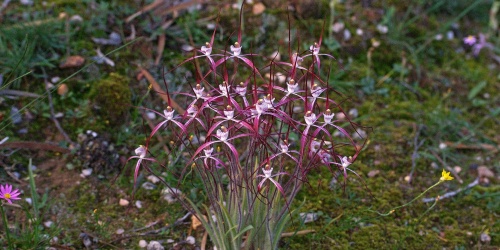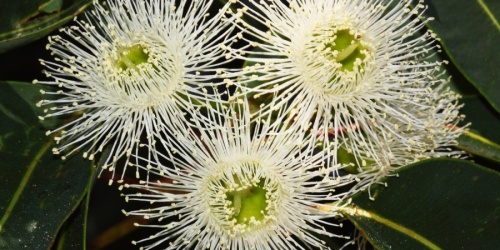
100 Year Forest. Photo Michael Pez/DBCA
The Forest Management Plan (PDF 41MB) (FMP) has been created to protect and manage over 2.5 million hectares of forests in Western Australia’s south-west.
The south-west forests hold significant value for a variety of reasons.
- Known in Noongar as “djarilmari”, the forests are vital habitats for a diverse range of plants and animals and are crucial to supplying water to catchment areas for Western Australians.
- They are a major attraction for recreation and tourism, with visitors from around the state, country and globe drawn to their natural beauty and biodiversity.
- South-west forests are particularly significant for Aboriginal communities as their rich heritage has important cultural and historical value for our Noongar nations.
The FMP incorporates a range of management activities to protect forest values and balance the many ways the forests are used. Findings from a new research program, being developed by the Department of Biodiversity, Conservation and Attractions (DBCA) in collaboration with WA research scientists, will inform future decisions relating to management activities including ecological thinning designed to protect vulnerable aspects of biodiversity. Robust reporting at years five and ten will ensure the plan meets its environmental goals including its commitment to the recently formed Noongar Corporations.
South West Native Title Settlement
The Noongar Native Title Agreement covers approximately 200,000 square kilometers of the southwest region. Formal management partnerships between DBCA and Noongar Traditional Owners are an important aspect of how the plan will be implemented.
Please visit the Department of Premier and Cabinets website for more information. South West Native Title Settlement (www.wa.gov.au)
Independent Silviculture Review Panel Report
The report and recommendations of the Independent Silvicultural Review Panel was one of many inputs contributing to the development of the Forest Management Plan 2024-2033 (FMP). The independent expert panel provided guidance for silvicultural practices to improve forest health and resilience outlined in the FMP.
Summary of public submissions
This report summarises the public submissions on the Draft FMP 2024-2033 and the resultant changes incorporated into the FMP 2024-2033.
Ecological Thinning Plan 2025
The 2025 ecological thinning plan supports the key foundations of the Forest Management Plan 2024 – 2033, which aims to protect noongar cultural heritage, conserve biodiversity, and improve forest health while also providing social and economic benefits.
The plan was based on consultation with the Department of Water and Environmental Regulation and Water Corporation, Noongar regional corporations, mining companies, conservation groups, and forest-based industries and businesses. Ongoing assessment of the FEAs will take place and variations will be considered on a case-by-case basis and require approval from DBCA’s Conservation and Ecosystem Management Executive Director.
Please email any comments or queries on the ecological thinning plan to forest.info@dbca.wa.gov.au.
FMP News
FMP News shares the latest updates on implementation of the plan and other news from our south-west forests.
To view the latest editions and subscribe, visit the FMP News page.



